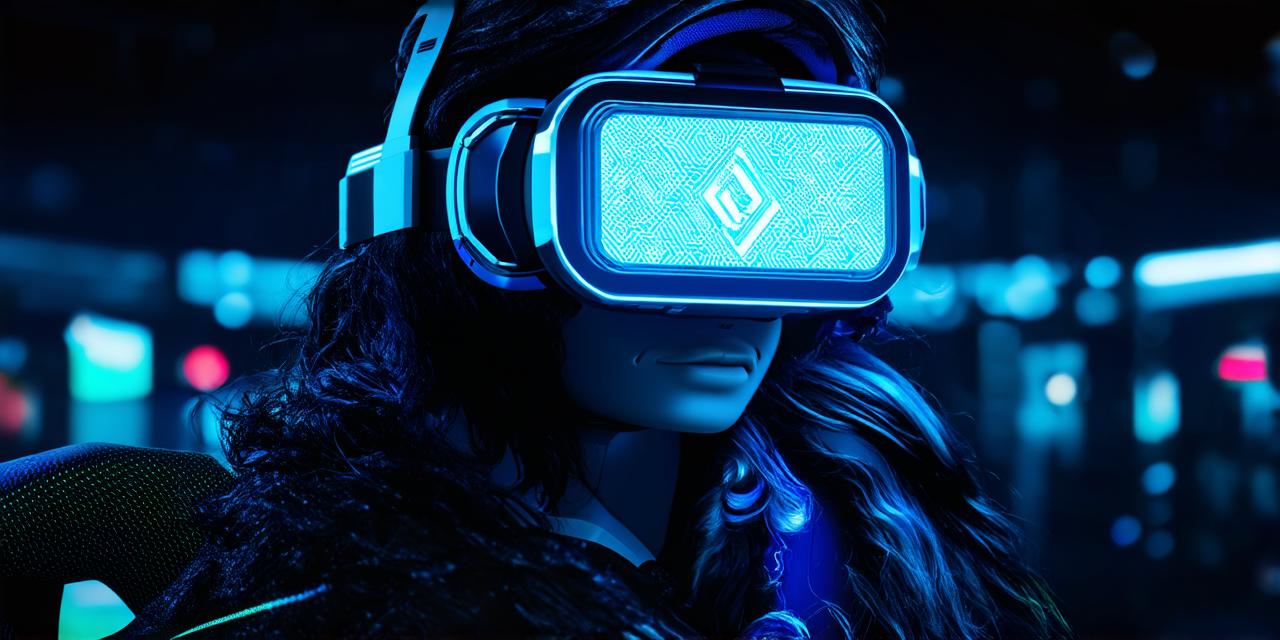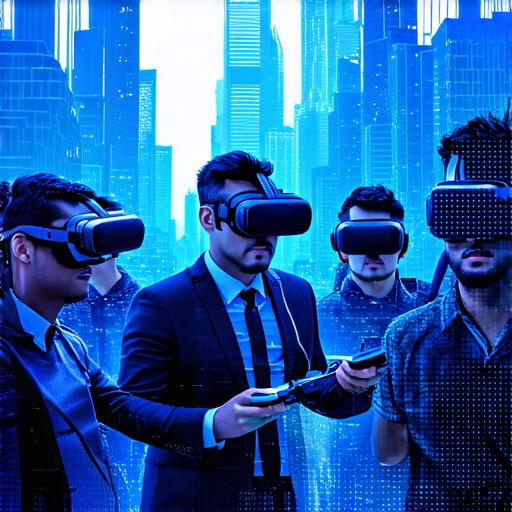
Understanding the Concept of Virtual Reality
The Components of Virtual Reality Systems
Virtual reality systems typically consist of three main components: the headset, sensors, and controllers. The headset is worn by the user and provides a 360-degree view of the virtual environment. Sensors track the user’s movements and provide feedback to the system, allowing the user to interact with the virtual world. Controllers are used to manipulate objects and perform actions within the virtual environment.
Types of Virtual Reality Experiences
There are several types of VR experiences available, including:
- Stereoscopic displays: These use two separate screens to create a 3D image that appears more realistic than traditional displays. This type of display is commonly used in gaming and other entertainment applications.
- Room-scale VR: This type of VR allows users to move around in a physical space while interacting with the virtual environment. It requires a larger amount of space than other types of VR and is commonly used in education, training, and therapy applications.
- Standalone VR: This type of VR does not require a separate computer or console, making it more accessible and easier to set up. Standalone VR headsets such as the Oculus Quest 2 are becoming increasingly popular for gaming and entertainment applications.
- Enterprise VR: This type of VR is used in industries such as healthcare, education, and training. Enterprise VR typically involves a headset and sensors and is designed to provide immersive and interactive experiences in specific settings.
The Benefits and Challenges of Virtual Reality
Virtual reality has the potential to provide numerous benefits, including:
- Immersive experiences: VR allows users to fully immerse themselves in a virtual environment, providing a level of realism that is difficult to achieve with traditional media. This makes VR ideal for entertainment applications such as gaming and immersive storytelling.
- Training and education: VR can be used to simulate real-world scenarios, allowing for hands-on training and education in a safe and controlled environment. This makes VR ideal for applications in healthcare, manufacturing, and other industries where hands-on experience is essential.
- Therapy and rehabilitation: VR has been shown to be effective in treating conditions such as PTSD, phobias, and motion sickness. It can provide a more immersive and realistic treatment option than traditional therapy methods.
- Entertainment: VR provides a unique and immersive gaming experience that is difficult to achieve with traditional gaming platforms. This makes VR ideal for entertainment applications such as gaming and immersive storytelling.

However, there are also challenges associated with virtual reality, including:
- Cost: High-end VR systems can be expensive, making them inaccessible to some users. While the cost of VR technology is decreasing rapidly, it is still a significant barrier for entry for many people.
- Motion sickness: Some users may experience motion sickness when using VR, particularly if they have a tendency to be prone to it. Motion sickness can make VR experiences less enjoyable and may even cause discomfort or harm.
- Safety concerns: There is a risk of injury if users become disoriented or distracted while using VR. It is important for developers to ensure that their VR applications are safe and designed with safety in mind.
- Limited content: While the VR industry is growing rapidly, there is still limited content available for many types of VR experiences. This can make it difficult for users to find applications that are relevant to their interests or needs.
Real-Life Examples of Virtual Reality in Action
Virtual reality is already being used in several industries such as gaming, education, healthcare, and more. Here are some real-life examples of virtual reality in action:
- Gaming: Virtual reality has revolutionized the gaming industry, providing players with immersive and interactive experiences that were previously impossible to achieve. Games such as “Beat Saber” and “Resident Evil Village” have become incredibly popular on VR platforms such as Oculus and HTC Vive.
- Education: Virtual reality has the potential to revolutionize education by providing students with immersive and interactive experiences that can help them better understand complex concepts. For example, VR simulations can be used to teach students about history, science, and art in a way that is both engaging and informative.
- Healthcare: Virtual reality has already been used in healthcare to treat conditions such as PTSD, phobias, and motion sickness. It can also provide a safe and controlled environment for medical procedures such as surgery and rehabilitation. For example, the “VR Surgical Training System” allows surgeons to practice complex procedures in a simulated environment before performing them on real patients.
- Tourism: Virtual reality has the potential to revolutionize tourism by allowing people to explore destinations around the world from the comfort of their own homes. For example, the “Google Expeditions” app allows students to take virtual field trips to museums, national parks, and other locations around the world.
Conclusion
Virtual reality is an exciting and rapidly evolving technology that has the potential to transform the way we experience and interact with the world around us. With the right components, types of experiences, benefits, challenges, and real-life examples in action, developers can create immersive and interactive applications that can revolutionize industries such as gaming, education, healthcare, and more. As VR technology continues to improve, its potential to change the way we live and work is only limited by our imagination.